This is Grace McCance Synder's most famous quilt, Flower Basket Petit Point. She asked permission from German artist Wendelin Grossman if she could copy the pattern she found on a china plate. The China was made by the Salem China Company in Salem, Ohio. It took Grace 16 months and 85,875 patches. Each of these patches is a triangle or square and when sewn together are about the size of a postage stamp.
One of Grace's wishes, that she told her daughter Nellie Synder Yost, was "I wished that I might grow up to make the most beautiful quilts in the world, to marry a cowboy, and to look down on the top of a cloud."
Grace wrote about her life growing up in a soddy on the plains of Nebraska in the book, No Time On My Hands.
The quilt is 94" x 92" and was made 1942-1943. It is in the collection of the Nebraska State Historical Society, Museum of Nebraska History, Lincoln.
Flower Basket 1 - 110 pieces - non rotating
Flower Basket 2 - 100 pieces rotating
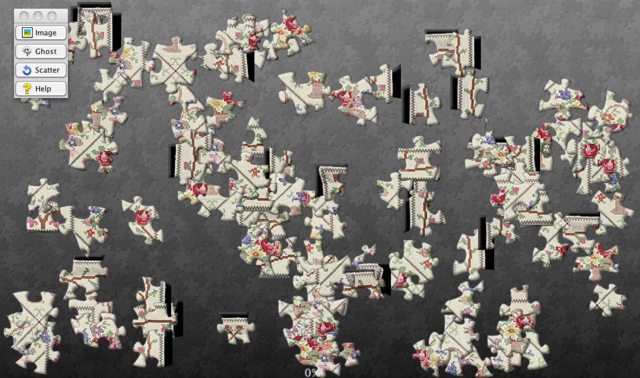


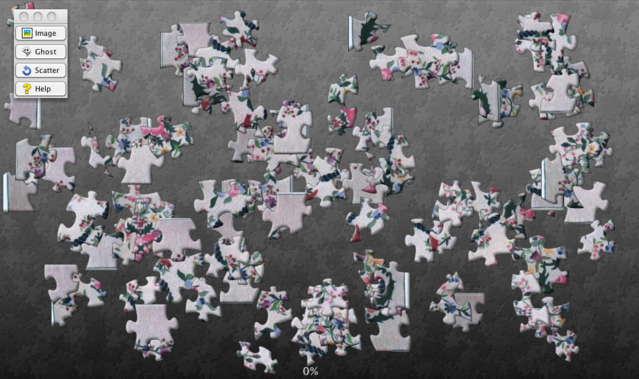
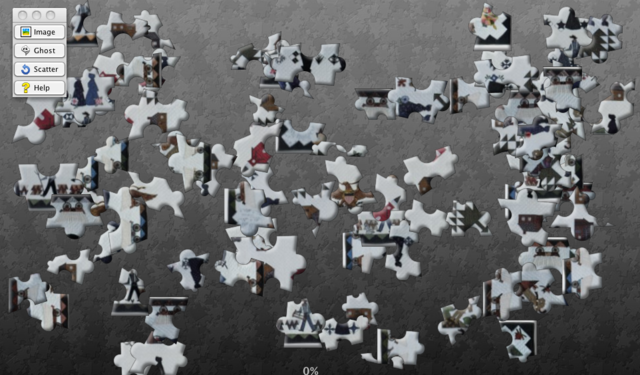
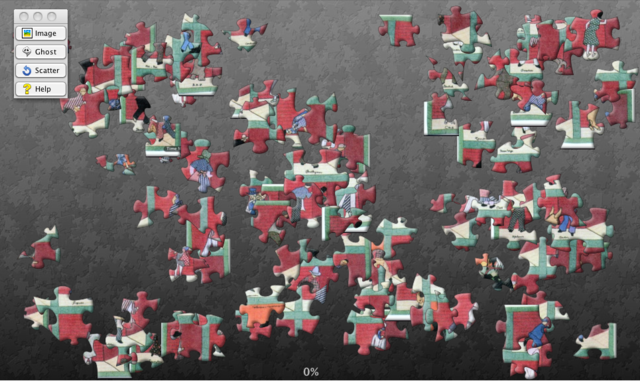
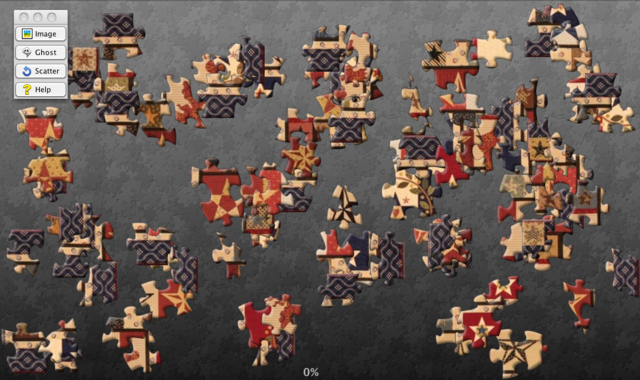
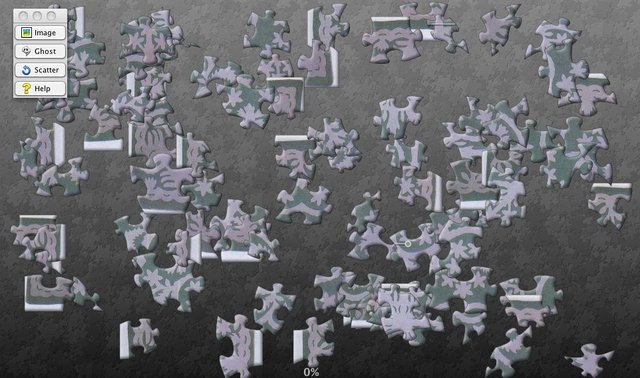


.jpg)


